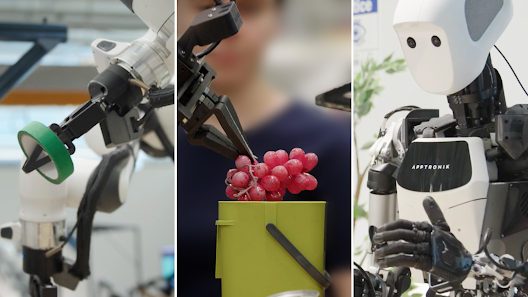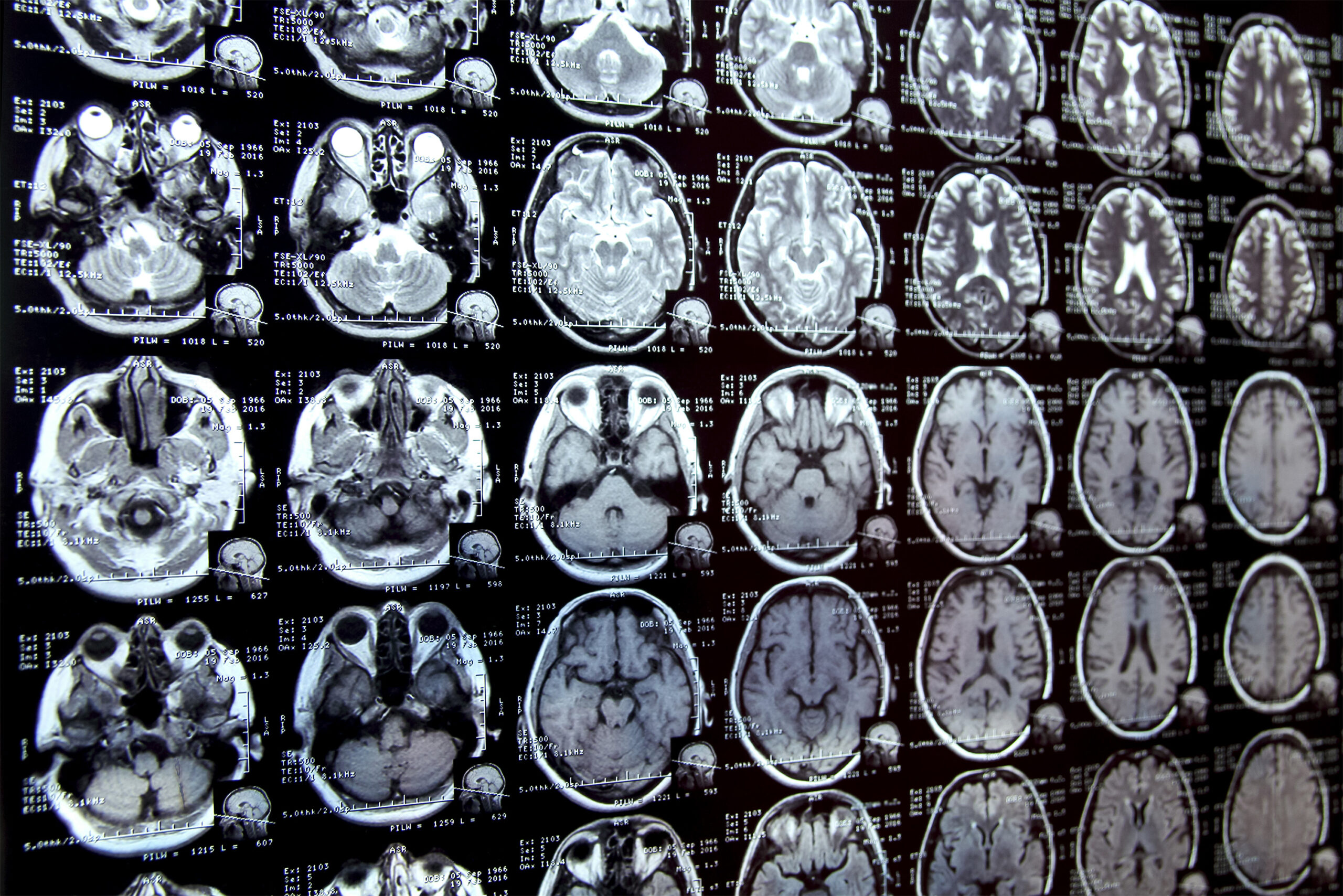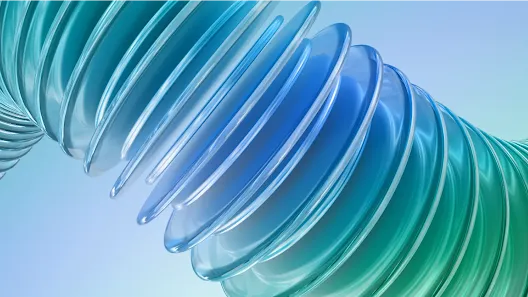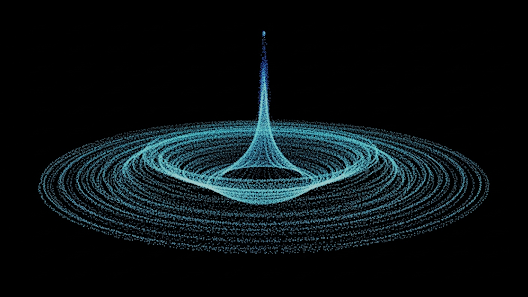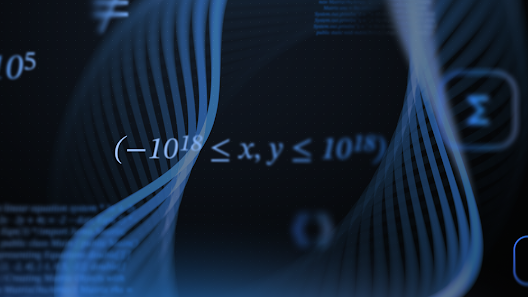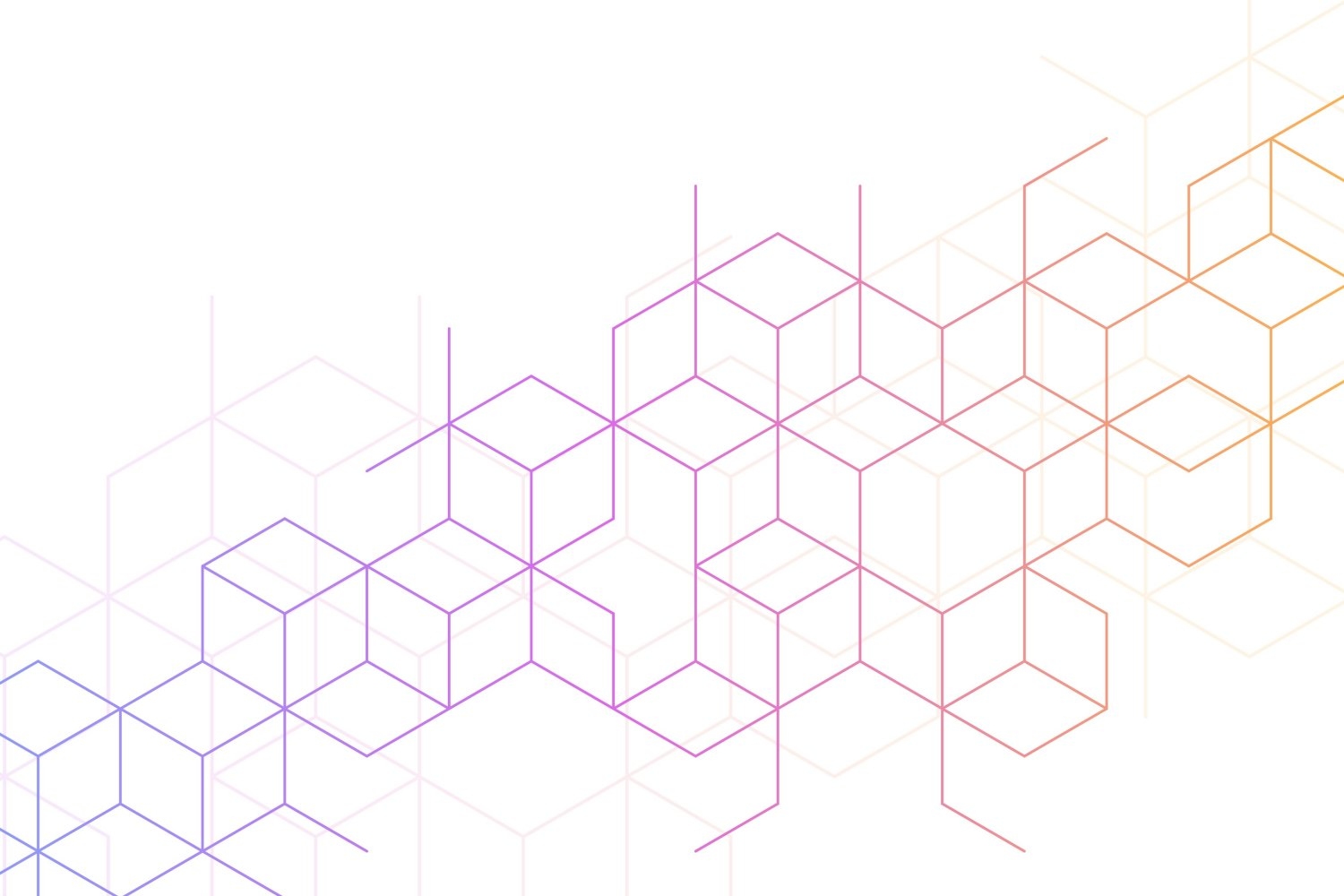In the chilly waters of the Northeastern U.S., the Gulf of Maine stands as a hotspot of marine biodiversity. From blue sharks and sunfish to jellyfish and tiny plankton, this ecosystem is teeming with life. However, this vibrant ocean region is also one of the fastest-warming bodies of water on Earth — heating up quicker than 99% of global oceans. With that rise in temperature comes ecological uncertainty.
Introducing LOBSTgER: A New Lens on a Changing Ocean
In response to these urgent changes, MIT Sea Grant has launched an innovative research initiative called LOBSTgER — short for Learning Oceanic Bioecological Systems Through Generative Representations. This groundbreaking project blends generative AI with underwater photography to capture and recreate the underwater world in vivid, informative ways.
Co-led by underwater photographer and MIT Sea Grant visiting artist Keith Ellenbogen and MIT PhD student Andreas Mentzelopoulos, LOBSTgER is pushing the boundaries of scientific storytelling. The team uses AI to generate lifelike marine imagery based on Ellenbogen’s expansive archive of original underwater photographs — all taken in New England’s coastal waters.
Photography Meets Machine Learning
Just as 19th-century photography revolutionized how we document nature, generative AI is transforming how we visualize environmental data today. LOBSTgER leverages this technology to interpret and enhance real images, allowing for a deeper emotional and scientific connection to the ocean.
To ensure accuracy and authenticity, the AI models are trained exclusively on Ellenbogen’s carefully curated dataset. These images are annotated with species identification, precise lighting conditions, and geographic context — creating a dataset as scientifically valuable as it is visually striking.
Custom AI Models Rooted in Reality
Mentzelopoulos developed LOBSTgER’s custom latent diffusion models from scratch — a highly technical process involving hundreds of training hours and meticulous calibration. These models are designed to capture not only the biological realism of aquatic life, but also the artistic nuances of Ellenbogen’s work, from refracted light patterns to fine color gradients on marine species.
The resulting AI-generated images can recreate hidden or fleeting moments underwater, or even enhance existing photos by recovering lost detail or adjusting lighting — a game-changer for marine photographers dealing with murky or unstable conditions.
Documenting Biodiversity in a Shifting Climate
Ellenbogen’s photographic project, Space to Sea: Visualizing New England’s Ocean Wilderness, forms the backbone of the AI training data. Capturing animals like lion’s mane jellyfish, American lobsters, and Mola mola (ocean sunfish), his work offers a rare glimpse into a rapidly evolving ecosystem.
Each image is the product of perseverance — multiple dives, missed opportunities, and unpredictable underwater behavior. Now, thanks to AI, those fleeting encounters can live on and be explored in new visual dimensions.
Bridging Science, Art, and Technology
LOBSTgER exemplifies a new form of interdisciplinary collaboration. It’s not just a research project; it’s a creative experiment that combines the observational depth of marine science with the expressive power of generative AI.
This concept mirrors other innovative applications of AI in creative fields. For instance, projects like ANCESTRA also explore the synergy between artistic storytelling and AI-generated visuals — highlighting the growing role of AI in reshaping how we understand and portray the real world.
Making the Invisible, Visible
One of the most compelling aspects of LOBSTgER is its ability to generate completely new marine images without needing user input — a process known as unconditional generation. Alternatively, it can also enhance existing images through conditional generation, helping to fill in missing visual data or simulate scenes that are difficult to capture in nature.
These hybrid techniques allow scientists and storytellers to build a fuller, more coherent narrative of ocean life — one that captures the emotional and ecological complexity of our marine environments.
More Than Documentation: A Tool for Conservation
While traditional photography captures what is, LOBSTgER explores what could be — revealing invisible connections, hypothetical scenarios, and future possibilities grounded in real-world data. This hybrid approach is not about replacing photography, but enhancing it.
As the Gulf of Maine and other ecosystems continue to change, this kind of visual storytelling becomes more than art. It becomes advocacy — a way to raise awareness, educate the public, and inspire action toward the conservation of our oceans.
Stay tuned as LOBSTgER continues to evolve, uncovering new marine stories and redefining how we see the world beneath the waves.


